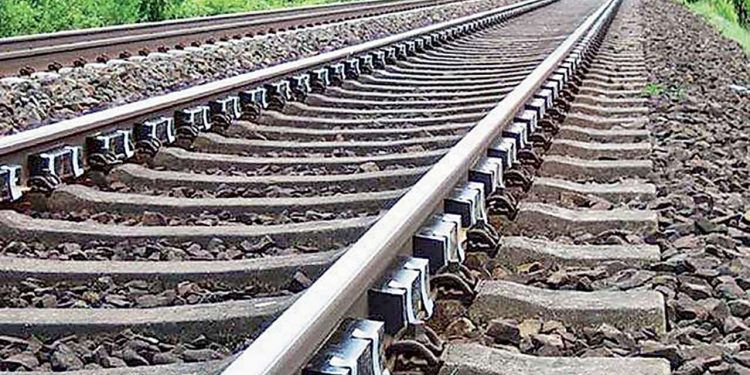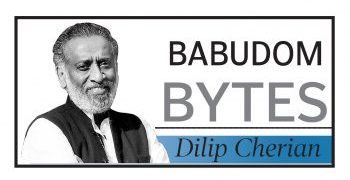Indian Railways has a feather on its otherwise dull cap; which is that the present fiscal, so far, luckily has not witnessed any death due to mishaps on its vast network. Nor did the three initial months of this year; meaning a full year of ‘safe travel’ on the rails. While three more months are left for this fiscal to end, minister for Railways Piyush Goyal has come up with this claim, and hope is that it will maintain this record until the end of March and for the coming years, too.
Notably, this turns out to be the first time in the history of the Indian Railways that a zero-death scenario has unfolded for a whole year. While full marks must be given to the Railways for not killing passengers, its performance on various other indicators remains a big question.
Speed, for one. Express trains run on speeds of around 60 to 80km per hour, while select superfast trains of the tallest order have speeds of no more than 100 to 130kmph. Set this against the speed acquired by the rail service in China – its latest offer being of a train that would travel at a speed of 600kmph. With magnetic levitation (Maglev) technology developed by the Chinese, trains would float in the air above the rails – not simply run on rails, thus sans any friction whatsoever. Reports are that travel will be faster than air travel.
Prime Minister Narendra Modi started his innings in 2014 with a promise to overhaul the ageing railway system which lacked the required attention of successive central governments. Till a couple of decades ago, Indian Railways registered profit. In recent years, it not only ran in losses and kept widening the losses, but is also ailing on several fronts. Populism of successive governments to avoid hike in ticket charges for base segments was one among the many reasons that put the Indian Railways on red. The Ministry and the Railway Board cared little for modernization and more for stretching the lines for very many reasons. Modi’s big plans for modernization of the Railways sector has not been taken off the drawing board. One can remember his speeches that mocked earlier rail ministers for making the whole exercise, including the separate Annual Rail Budget. When Modi did away with that old tradition and added Railways as a part of the General Budget, there was cheer in many quarters which hoped this was the harbinger of new times. Unfortunately, nothing has been done for this sector which should be a system that inspires pride for India. All that the Modi government did was to think small and request Members of Parliament to invest their Local Area Development Funds for the improvement of the humongous railways. That it was a joke was evident from the beginning.
The bullet train project – aping what Japan did decades ago and China later – itself faced serious odds and might now be shelved if the Shiv Sena-NCP-Congress government in Maharashtra does not show favorable attitude towards it.
The Modi era saw railways sector going in for further shocks in the form of frequent change of ministers. In the minimum, the government failed to inject a new dynamism in the functioning of this key sector. Because of tremendous inefficiency and leakages in the Railways, the freight services that were money spinners once were deliberately ignored to help the private transport sector make hay.
True, when the Modi government took power in 2014, it had a difficult job at hand. However, after six years, the government has still not shown any inclination towards changing processes and analysing the railways to make it more transparent and efficient. The muck is visible.
Too much need be done, but too little is happening. The success in the safety sector – if it prevails – should just be a start and a spur for a turnaround and, hopefully, a big leap forward for the Railways.







































